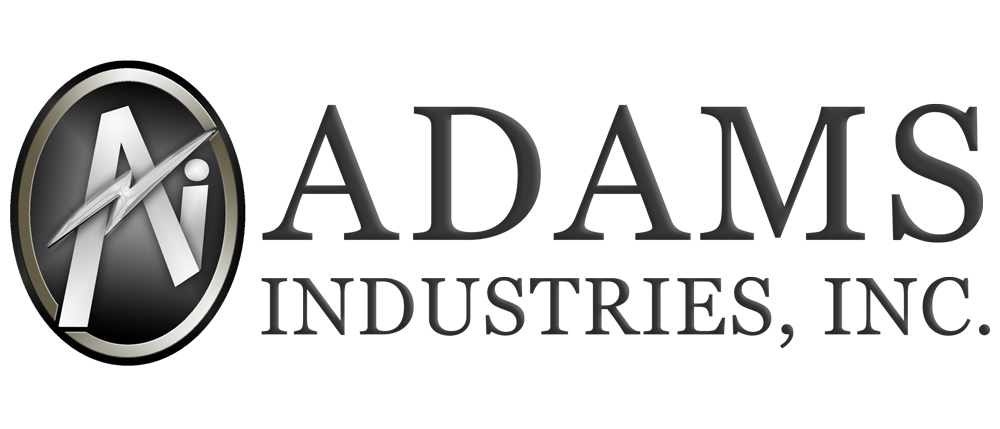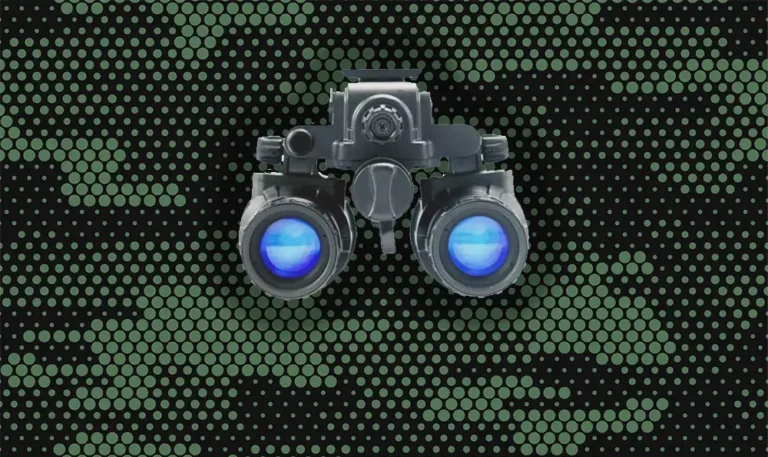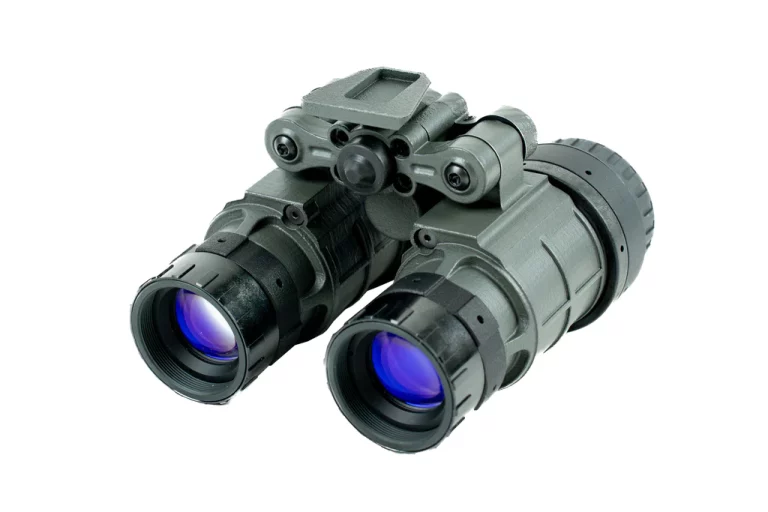Our New Products, and Why…
How do we end up with the mix of products that we do, and do not?
Hey there. I’m happy you asked. After gorging your eyes on all the other sites out there hocking night vision, night vision accessories, helmet mounts, lasers, and a million other things, you might be thinking, “Why doesn’t Adams Industries look like everybody else?”
The short answer is that we envision, design, manufacture, test, troubleshoot, and then sometimes redesign our own products. Which is true, but only for the SENTINEL V2, LOCUST, and SAM V2 at the moment. Yes, we also assemble PVS-14s and PVS-7s (mostly for foreign governments), but I don’t consider that manufacturing – just like I don’t consider all the other companies out there screwing them together to be fellow manufacturers.
That brings us to the Geiger Optronix line of thermal fusion clip-on products. OK, so before we get started here. Geiger Optronix is called DIYCON in its home country of Germany. I have chosen, with the owner’s permission, to promote their products as Geiger Optronix (their other legitimate business name) here in the States. For the answer to “Why?” I say try and do a quick search for DIYCON. Turns out that DIY generates an impenetrable wall of home improvement projects that you don’t have enough years left on Earth to navigate around.

Tobias Geiger and I have been friends since Litton and ITT were the kings of night vision. He makes great products. If you hunted his site down, which I know some of you will, then you saw that he makes a whole lot more than what I am offering. Here’s the thing: he makes amazing products for the commercial European market, and they get excited over there about things that you lot think are boring. Which is fine. I chose the products I think have a market here and with my export clients that DIYCON doesn’t cover directly.

Truth be told, the go-to product for almost everyone who will see this site is the Hydra II. It is one of those rare, artfully designed products in this market that is efficient, effective, and robust. Ask yourself, why would you buy a dedicated thermal clip-on or weapon sight when you can have a fusion unit at no noticeable weight penalty, a performance gain, and no frightening price tag?
Yes, the Hydra II uses digital night vision that it then fuses with the thermal image. In some particular military applications and environments, this can be at a disadvantage to a dual channel fusion system with an image intensifier tube. For the rare pitch-black night you find yourself hunting humans who possess night vision equipment to sense infrared illumination, I will argue that the lighter weight and lower price of the Hydra II still puts it at an advantage overall. Even without the IR, It’s not like you’re blind because you still have the thermal sensor to see with. So use the digital night vision to fill in the imagery when the conditions allow (usually down to quarter moon or so) and use all the money you save to buy yourself, your department, or maybe your country something really nice.
Now let’s talk about Quickset emplaced long range thermal imagers. So this one is not for everyone. Here’s how it happened: one day while in the process of reinventing Adams Industries, I thought to myself, “When did we have the best profitability and cash flow in the company’s history? What was the business model?” Well, that’s easy. Back in 2002, I had night vision sales to keep the doors open, I had handheld thermal imagers from Diversified Optical Products (DiOP) for that one-a-month level, and then one day Gary Browning from DiOP tells me “Chris, you really should look at selling the big cameras…”

It was the perfect fit. Night vision sales were adequate, and then I sold more Cadet 75 handheld thermal cameras than anyone ever had – or ever will, since they’re not being made anymore. Finally, I started picking off some big camera deals WITHOUT the stress of those being the only product. I wasn’t living from one big deal to the next and praying the time between wasn’t too long. Sadly, DiOP was sold to one of the big boys, and that situation went away.
I knew that I wanted to recreate this scenario. The ideal was in front of me, but I had no idea how to get there. Then the phone rings. Bobby Jones, who I used to work with at DiOP, tells me that he’s working with Quickset now and that he would love to work with me on thermal cameras. I didn’t even wait to inhale to say, “Hell yes,” which is probably why he didn’t understand me until I inhaled and tried it again. The Quickset products are on the web site, and I am getting geared up to go back after that market as soon as I get the in house product sales and deliveries a little more dialed in.
I still miss the Cadet 75, but the small size thermal market isn’t what it used to be. So I will either have to make or find something to fill that spot in the sales projection spreadsheet, even if it fills an entirely different technological and market niche. I am open to ideas if anybody has one.




